When you look at the twentieth century from a technological point of view, it truly is amazing. Humans took flight, went to the Moon and much, much more. Supersonic passenger travel began in 1976 and proved to be popular, which is why the story of the unsold Concordes is a curious one.
Designed to carry a maximum of 128 passengers up to 5,398km (3,690 miles) at twice the speed of sound, Concorde was a true marvel. People flocked to see it at airports and it is widely regarded, especially in Britain and France, as a technological wonder, which, of course, it was.
Concorde Orders
On 3 June 1963, Air France, BOAC and Pan American all announced orders for six Concordes apiece. Commitments flowed in from other major airlines of the time, such as TWA, Continental, American Airlines, United, Sabena, Qantas, Lufthansa, Japan Air Lines, Eastern Air Lines, Braniff, Air India, Air Canada, CAAC and even Iran Air. Drawings of the various liveries can be seen here.
Unsold Concordes
It was left to British Airways and Air France – not coincidentally the major airlines of the two countries building the plane – to take delivery and commence operations. That they did on the same day in 1976.
The manufacturers had committed to building 16 production examples of the aircraft, eight each in France and England. Two were test versions, which left 14 to be sold. British Airways had taken delivery of five and Air France of four. That meant that by 1979, with production winding down, there were five remaining. The dilemma of what to do is outlined in this New York Times article from that year.
British Airways did operate G-BFKW for six months on a sale or return agreement to cover while one of their planes was repaired. In the end, perhaps inevitably, the unsold pair of British manufactured Concordes were placed at British Airways. Likewise, the three French ones went to Air France. It was the only really viable solution, otherwise they would probably have had to have been scrapped.
Overall Thoughts
While it was possible to fly on Concorde very cheaply, it was mostly expensive and catered to wealthy and time poor patrons. It did make quite a good profit at British Airways, who were very canny in their marketing of the aircraft.
It was niche, but well loved and very popular, even with crews. For example, BA stewards and stewardesses were only permitted to stick with Concorde for three years. This way other crew would have an opportunity to serve on board.
Did you know there were five unsold Concordes at the end of the production run? Thank you for reading and if you have any comments or questions, please leave them below.
Like planes? See my “Does anyone remember” series.
Flight reviews your thing? Mine are all indexed here.
Follow me on Facebook, Twitter and Instagram.
Featured image via Heritage Concorde.
G-BKFW image via ConcordeSST.

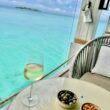


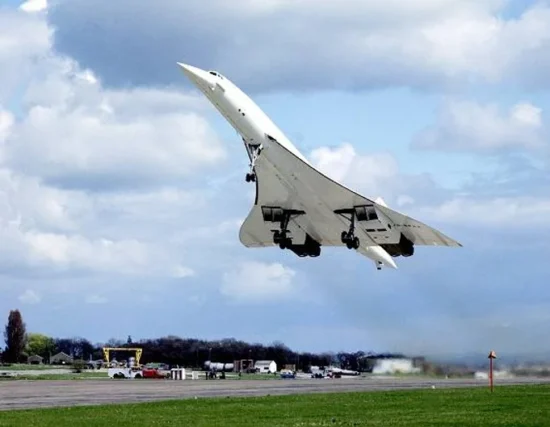

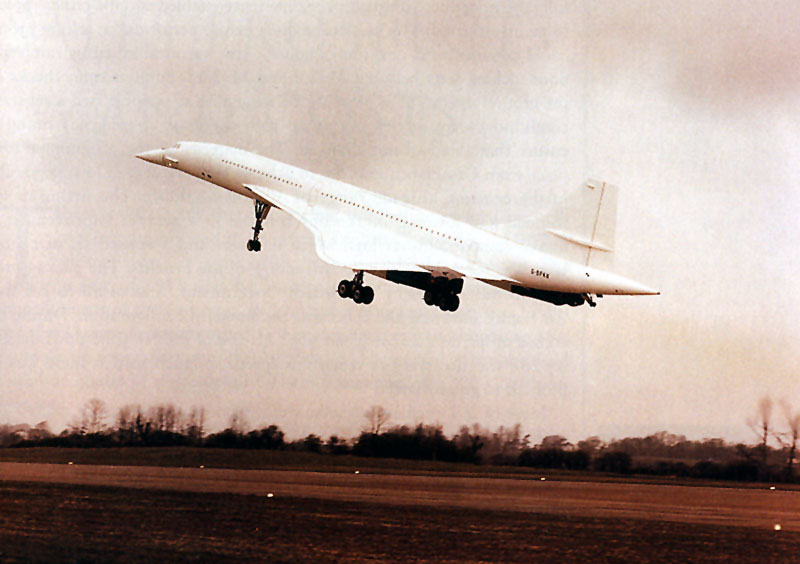
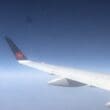

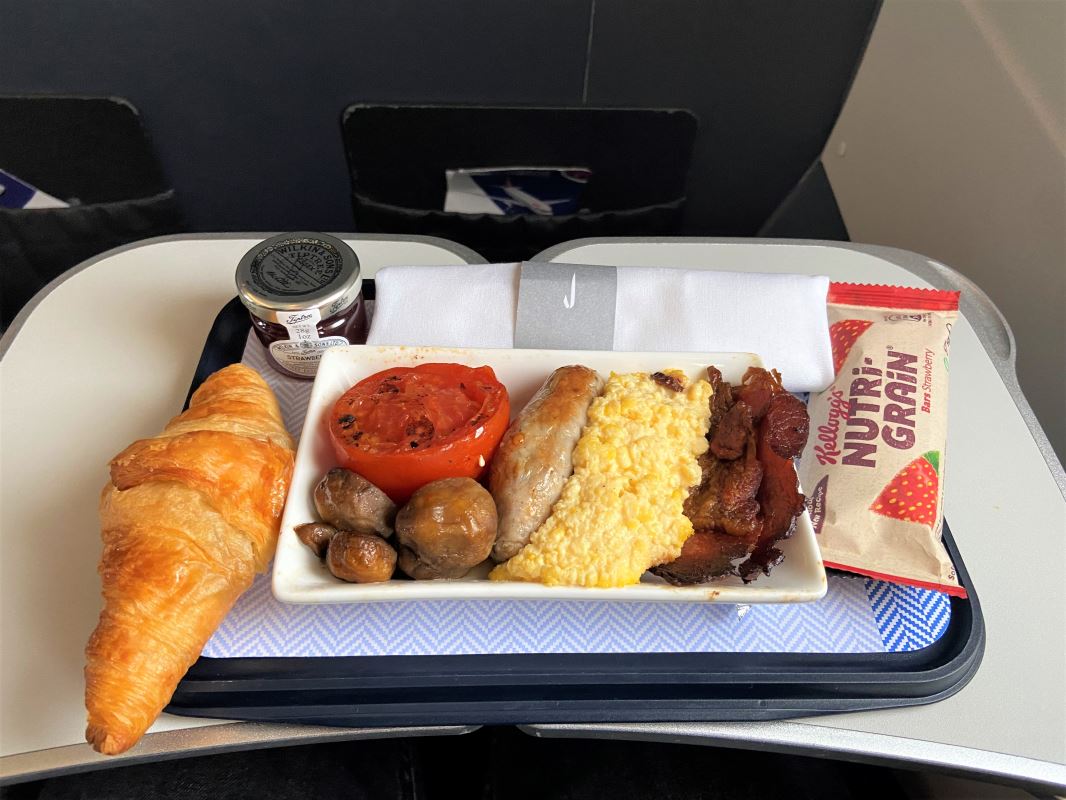

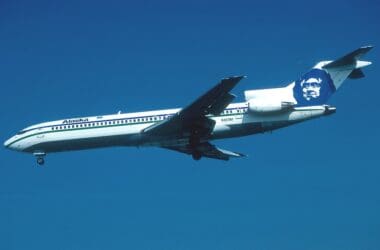
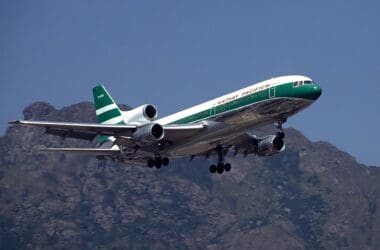
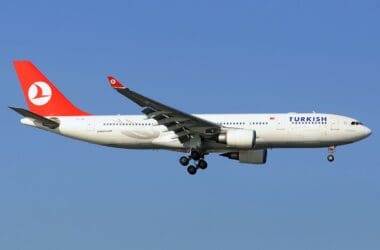
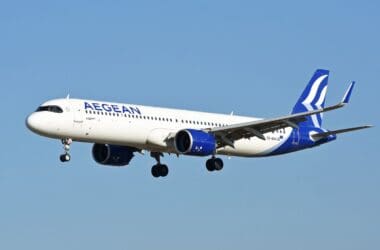
What does this mean?
“Did you know there were give unsold Concordes at the end of the production run?”
That’s a typo – give should read “five”. I’ve corrected that now, thanks for the eagle eyes! It’s rare that I miss one myself. Appreciate it!